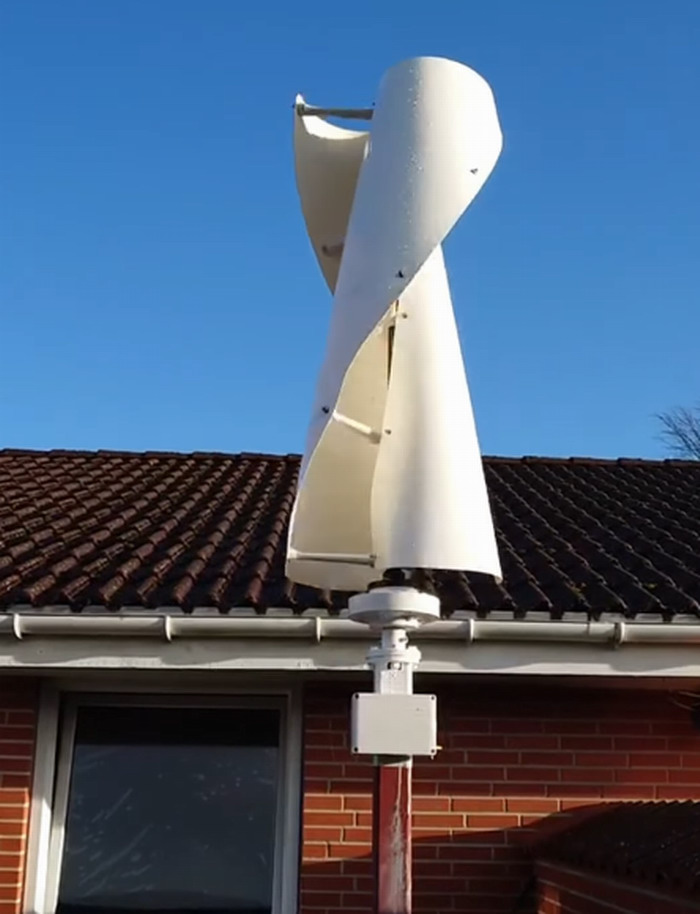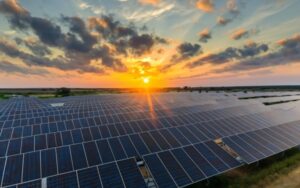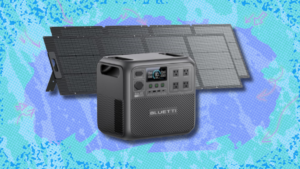The Future of Encoders in Renewable Energy Systems

Renewable energy systems are at the forefront of global efforts to combat climate change, reduce greenhouse gas emissions, and transition away from fossil fuels. As the renewable energy sector continues to expand and evolve, the role of advanced technology in optimizing these systems becomes increasingly crucial. Among the key technologies driving this optimization are encoders, which are essential components in various renewable energy applications. This article explores the future of encoders in renewable energy systems, examining their current uses, emerging trends, and potential advancements.
The Role of Encoders in Renewable Energy Systems
Encoders are devices that convert motion or position information into a digital signal, which can then be processed by control systems. They play a critical role in providing precise feedback on position, speed, and direction, enabling the efficient operation of various machinery and systems. In renewable energy, encoders are widely used in wind turbines, solar tracking systems, and hydroelectric power plants.
1. Wind Turbines
Encoders are integral to the operation of wind turbines. They monitor the position of the blades and the rotor speed, ensuring that the turbine operates within its optimal performance range. Encoders also play a crucial role in the yaw system, which adjusts the orientation of the turbine to face the wind direction, maximizing energy capture.
2. Solar Tracking Systems
In solar power generation, encoders are used in solar tracking systems to adjust the position of solar panels throughout the day. By accurately tracking the sun’s movement, these systems can significantly increase the efficiency of solar panels, leading to higher energy yields.
3. Hydroelectric Power Plants
Encoders in hydroelectric power plants are used to monitor the position and speed of turbines, ensuring that they operate at optimal efficiency. They also provide feedback on gate positions, which control the flow of water through the turbines.
Emerging Trends in Encoder Technology
As renewable energy systems become more sophisticated, the demands on encoders are increasing. Several emerging trends in encoder technology are expected to play a significant role in the future of renewable energy systems:
1. Higher Precision and Resolution
The demand for more precise and high-resolution encoders is growing as renewable energy systems require increasingly accurate control. Advances in optical and magnetic encoding technologies are enabling the development of encoders that can provide even finer levels of precision, which is crucial for optimizing the performance of wind turbines and solar tracking systems.
2. Durability and Reliability
Renewable energy systems are often deployed in harsh environments, such as offshore wind farms or desert solar arrays. Encoders used in these applications must withstand extreme conditions, including temperature fluctuations, moisture, and dust. Future encoders will likely feature enhanced durability and reliability, with materials and designs that can endure these challenging conditions.
3. Integration with Smart Technologies
The integration of encoders with smart technologies, such as IoT (Internet of Things) and AI (Artificial Intelligence), is a growing trend. Smart encoders can provide real-time data and diagnostics, enabling predictive maintenance and reducing downtime. This integration is particularly valuable in remote renewable energy installations, where regular maintenance is challenging.
4. Wireless and Energy Harvesting Capabilities
The development of wireless encoders that can operate without direct power sources is another promising trend. Energy harvesting encoders, which generate power from their surroundings (e.g., vibrations or sunlight), can be particularly useful in renewable energy systems where wiring and power supply are difficult to maintain.
Future Applications and Advancements
The future of encoders in renewable energy systems will likely see expanded applications and continued technological advancements. Here are some potential developments:
1. Advanced Wind Turbine Control
As wind turbines continue to increase in size and capacity, the role of encoders in their control systems will become even more critical. Future encoders may offer improved integration with turbine control systems, enabling more precise adjustments to blade pitch and yaw, ultimately leading to higher energy efficiency and lower operational costs.
2. Enhanced Solar Tracking Systems
In the solar energy sector, future encoders could enable more sophisticated tracking systems that adjust not only for the sun’s movement but also for factors such as cloud cover, temperature, and panel degradation. This would further optimize solar energy capture and improve overall system performance.
3. Innovations in Hydroelectric Power
The hydroelectric sector could see the development of encoders that provide more detailed feedback on turbine and gate operations, enabling more precise control and reducing energy losses. Additionally, encoders could be used to monitor and optimize the performance of smaller, distributed hydroelectric systems, which are becoming more popular as a means of increasing renewable energy capacity.
4. Expansion into Emerging Renewable Technologies
As new forms of renewable energy, such as wave and tidal power, become more viable, encoders will play a crucial role in their development. These systems require precise monitoring and control of moving components in challenging marine environments, where robust and reliable encoders will be essential.
Conclusion
The future of encoders in renewable energy systems is bright, with significant advancements on the horizon that will enhance the efficiency, reliability, and scalability of these technologies. As the world continues to transition toward a more sustainable energy future, encoders will be at the forefront of optimizing the performance of renewable energy systems, ensuring that they can meet the growing demand for clean, reliable power.
Encoders will continue to evolve in response to the unique challenges and opportunities presented by renewable energy, playing a vital role in the ongoing effort to reduce carbon emissions and mitigate climate change. Their integration with advanced technologies, increased durability, and expanded applications will make them indispensable components of the renewable energy landscape for years to come.




